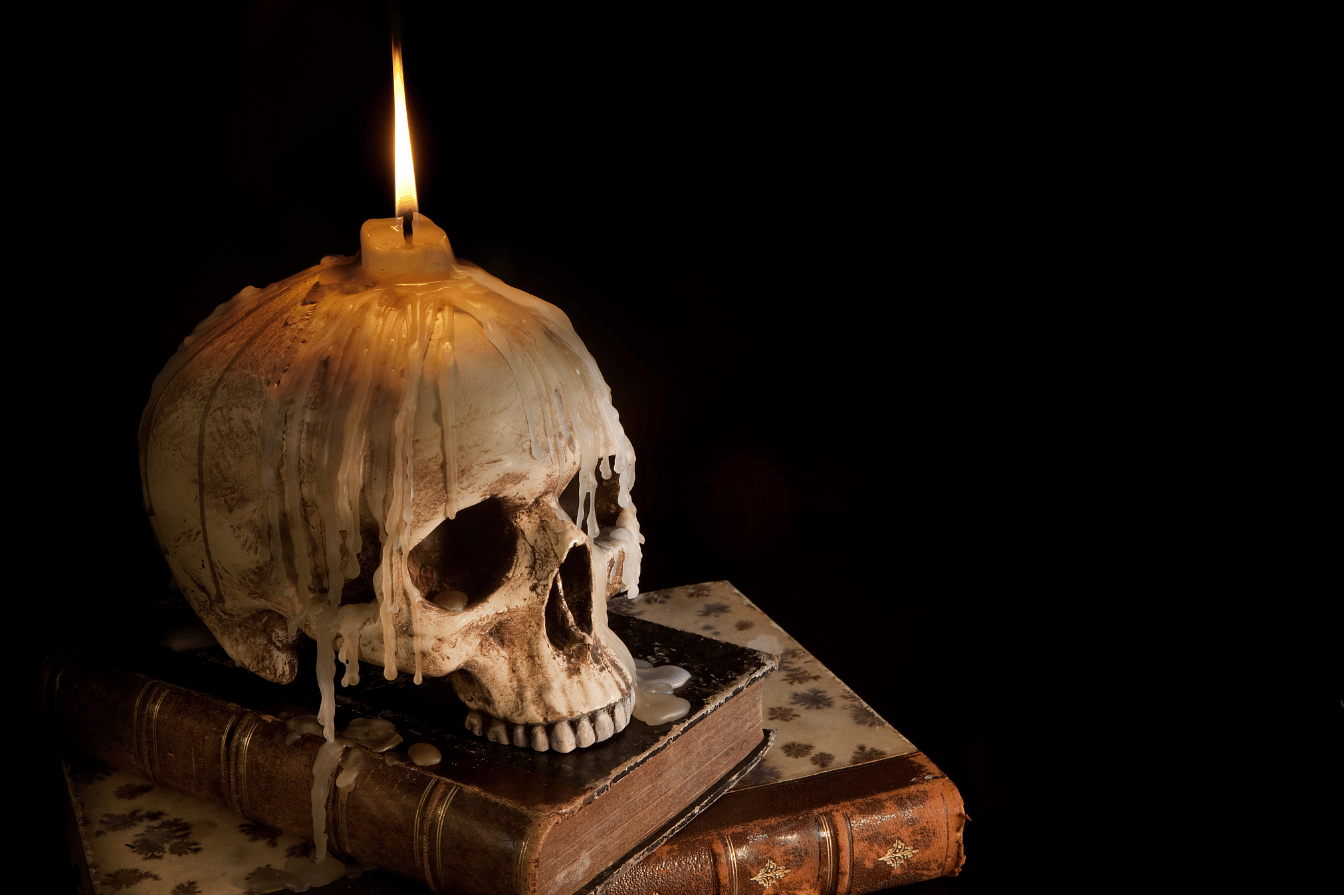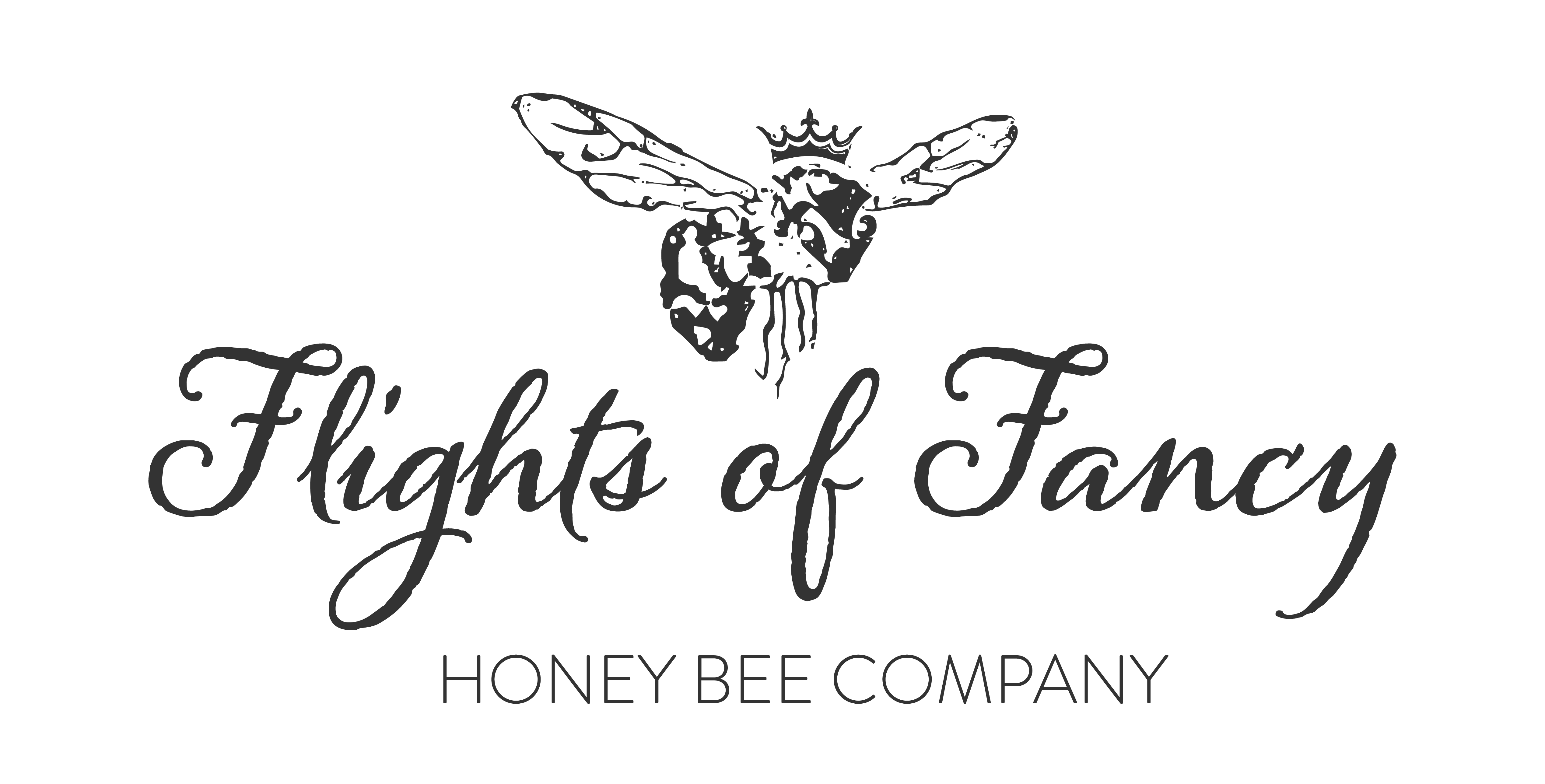Whispers from the Hive: The Haunting Lore of Honey, Spirits and The Beyound

The Spooky History, Myths, and Haunting Lore of Honey and The Supernatural
Honey has long been regarded as a substance of extraordinary significance, often linking the earthly realm with the mystical. With Halloween approaching, it’s the perfect time to uncover the eerie history, myths, and legends surrounding honey and its connection to spirits. From ghostly bees haunting cemeteries to honey as a medium for communication with the dead, this post will explore the haunting lore of honey.
Honey as an Offering to the Dead: Samhain Traditions
In Celtic traditions, food offerings, including honey, were placed out during Samhain, the precursor to modern Halloween, to appease wandering spirits. Being a sacred substance, honey was thought to satisfy these ghosts, ensuring they would not cause chaos in the mortal world. Happy spirits, in return, would grant protection to the household.
Key Myth: The Sweet Offering
During Samhain, honey was left out as an offering to keep wandering spirits at bay. A bowl of honey on the doorstep might just keep the house safe from mischief.
Witches and Honey: The Magical Elixir
Honey has long been considered a key ingredient in witchcraft. During the Dark Ages, witches were believed to use honey in their brews and potions, mixing it with herbs and other mystical elements. Honey, with its enchanting sweetness and natural purity, was thought to enhance spells, particularly those involving love, youth, or even death. In many legends, witches would craft honey-based potions under the light of the full moon to summon spirits or cast curses.
Key Myth: The Witch’s Elixir
Witches believed honey possessed powerful magical properties, capable of both healing and harm. A potion brewed with honey on All Hallows’ Eve was said to strengthen a witch’s powers, making her spells more potent. Could the honey in your cupboard have a mystical past?
Honey as a Medium for Spirits: Whispering Through the Ages
In ancient Greek and Roman traditions, bees were seen as messengers between the living and the deceased. Honey, crafted by these sacred insects, played a vital role in rituals aimed at communicating with spirits. Offerings of honey were often left at gravesites to appease or summon the spirits of the departed, serving as a symbolic bridge between the physical and spiritual worlds.
Key Myth: Honey as a Necromancer’s Tool
Honey was thought to carry the whispers of the dead, making it a powerful offering during necromantic rites. A dollop of honey at the altar might just invite the presence of a beloved spirit.
Honey and the Afterlife: Preserving the Dead
In ancient Egypt, honey was not only considered a gift from the gods but was also used in burial practices. The Egyptians believed honey had the power to preserve both the body and the soul. Jars of honey were often found in the tombs of pharaohs, still edible after thousands of years. This eerie preservation quality gave rise to the belief that honey was immortal, much like the souls of the deceased it protected.
Key Myth: The Immortal Honey
Legend has it that honey could preserve a soul for eternity, just as it preserved the bodies of ancient Egyptian rulers. Would you dare taste the honey that once rested in a pharaoh’s tomb, knowing it might carry the whispers of the dead?
Honey Used in Funeral Rites: Sweetening the Journey
Across various cultures, honey has been integral to funeral rites, celebrated not just for its preservation properties but also for its spiritual significance. The ancient Egyptians famously incorporated honey into embalming practices, believing it provided protection for the soul on its journey to the afterlife. Some traditions held that honey could “sweeten” the soul’s passage, ensuring a peaceful journey beyond.
Key Myth: The Soul’s Sweetener
Honey was used in burial rituals to prevent restless spirits from haunting the living. Offering honey alongside a loved one’s remains was believed to guide them gently to the afterlife.
The Spirit Bees: Messengers Between Worlds
In ancient Greek mythology, bees were thought to be messengers between the living and the dead. Honey was often used in rituals to summon spirits or communicate with the afterlife. It was believed that placing honey on graves could draw the spirits of the deceased, encouraging them to pass on messages or even offer protection to the living.
Key Myth: The Spirit’s Honey
Greek myth suggests that bees carried messages from the underworld, and honey was often used in necromantic rituals. Offering honey to a spirit could invite protection or invoke a ghost’s wrath—depending on their mood.
The Haunted Hives: Ghosts of the Beekeepers
In European folklore, the spirits of deceased beekeepers were said to return to their hives as “ghost bees.” These ghostly bees were believed to protect the hive from harm, ensuring the honey within remained untouched by evil forces. However, some stories warned that hives haunted by ghost bees produced eerie, glowing honey. Consuming this honey could invite spirits into your home, binding them to the living.
Key Myth: The Ghostly Honey
According to legend, hives haunted by the spirits of dead beekeepers produced honey with an otherworldly glow. Those brave enough to taste it risked being visited by the restless souls who guarded the hive. Could your next jar of honey contain a spirit waiting to make contact?
Vampire Bees: Bloodthirsty Creatures of the Night
A terrifying legend from Central America speaks of vampire bees—creatures that, by night, would feast on human blood. Though these bees primarily fed on nectar, it was said that in times of famine, they sought out humans. The honey produced by these vampire bees was believed to hold a sinister power, and consuming it could lead to a life of eternal thirst.
Key Myth: The Vampire Bees
Vampire bees are said to rise after dark, seeking blood rather than nectar. The honey they create is cursed, driving those who consume it into madness. Is your honey truly as innocent as it seems?
Beware the Honey of Poisonous Flowers
In several folklore traditions, honey made from poisonous flowers was feared to be cursed. Bees who collected nectar from such flowers were said to produce honey that could bring illness or even death. This cursed honey, often glowing faintly under the moonlight, was believed to be a tool for witches and dark sorcerers who wished to harm their enemies.
Key Myth: The Poisoned Honey
Legend warns of honey harvested from deadly flowers. Consuming even a small amount of this honey could bring on fever, madness, or worse. Could the honey on your shelf hold a deadly secret?
The Honey That Drives You Mad: A Dangerous Delicacy
In Turkey, a peculiar type of honey known as “mad honey” has been both feared and revered for centuries. This honey, derived from rhododendron flowers, contains toxins that can induce hallucinations, madness, and even paralysis in large quantities. Historically, some suggest it was used in ancient curses to bewilder or ensnare an enemy’s mind. Sweet, yes—but this honey might just drive you to insanity. It could very well hold the secret ingredient in some of history’s most devious plots.
Key Myth: The Madness of Honey
Mad honey was thought to possess the power to confuse and ensnare those who consumed it. A taste could unravel sanity, leaving one vulnerable to spiritual influences and dark forces.
Honey of the Haunted Forests: A Glowing Mystery
Deep within Europe’s ancient, shadowy forests, legends speak of haunted beehives producing honey that glows eerily in the dark. Locals believed these hives were cursed by the spirits of the forest, with the bees themselves manipulated by unseen forces. The haunting glow of this enchanted honey was enough to deter most, yet a few daring souls ventured to taste it. Tales vary on whether this honey granted otherworldly powers or brought misfortune, but one fact remains: it was anything but ordinary.
Key Myth: The Luminous Elixir
The glowing honey from haunted hives was said to possess unique properties. Consuming it might lead to supernatural insights—or unforeseen calamities lurking in the shadows.
Honey and the Eternal Curse: Binding Souls in Limbo
In some cultures, honey has been tied to sinister curses designed to trap souls in limbo. Sweet yet foreboding, it was used in rituals to bind spirits to the earthly realm, preventing them from transitioning to the afterlife. Honey’s remarkable ability to preserve became a tool for darker purposes, locking souls in place indefinitely. This ancient practice, steeped in secrecy, adds an unsettling layer to honey’s enchanting nature. The next jar you open might hold more than just sweetness—perhaps a lingering essence of the haunted.
Key Myth: The Sweet Trap
Rituals involving honey were believed to bind restless spirits to the living world. Lighting a beeswax candle while using honey in these rites could amplify the connection to the supernatural.
The Haunting Lore of Honey
These myths and legends highlight honey’s deep-rooted connection to life, death, and the spiritual realm. As Halloween approaches, consider embracing this enchanting lore by incorporating honey into your festivities. Whether lighting a beeswax candle, making a honey offering, or simply sharing tales of ghostly bees, you can honor the mystical bond between honey and the supernatural.
Explore Flights of Fancy Honey Bee’s Pure, Raw Micro Batch Artisanal Honey Collection. Bring the magic of the season into your home.
Other Posts You Might Enjoy:
Tags
About The Author
wilding.stephanie
Error: API requests are being delayed for this account. New posts will not be retrieved.
There may be an issue with the Instagram access token that you are using. Your server might also be unable to connect to Instagram at this time.


